Instruction
Kelley: Should a Tour player’s swing be the pattern we copy?
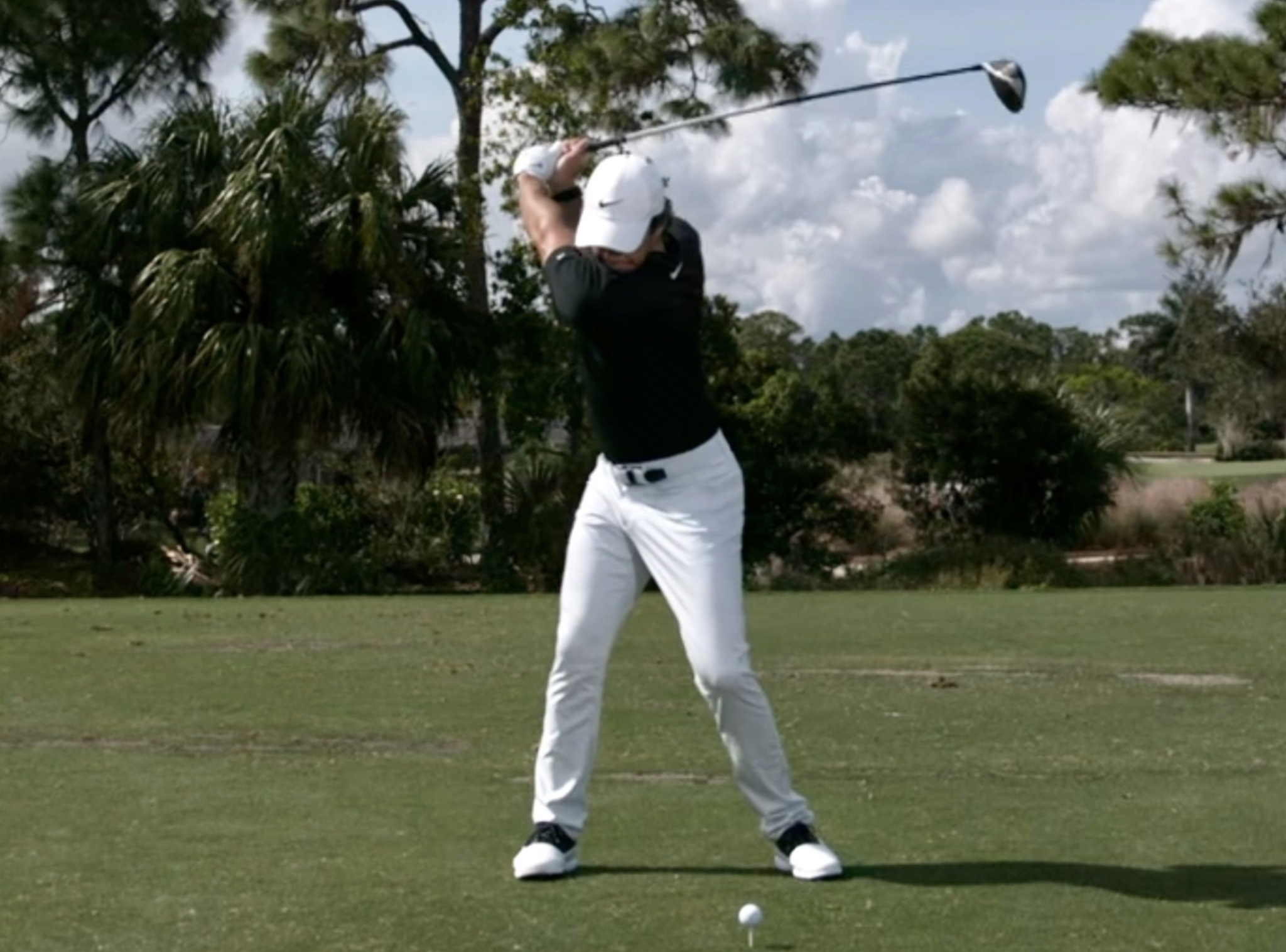
PGA Tour players are the most gifted golfers on the planet. Their ball striking ability is remarkable to the average, even scratch, golfer. With the time to practice all day, usually perfecting their imperfections in their own swings, why are PGA Tour players’ swings always the model we seek?
Look at the progression and expectations in other sports played recreationally. If you start playing Tennis, you don’t expect to serve as fast and accurate as Rafael Nadal. When joining a gym, do we look and replicate the times and bodies of Olympians? However, in golf, players seek the worlds best trying to emulate them. Examining this idea, could this actually be detrimental?
Let’s start with the speed differential. The average PGA Tour driver club head speed is 113 mph. The average male amateur golfer driver speed is 93.4 mph. The average handicap for the male golfer sits between 14 and 15. Below is a chart from Trackman showing the distribution of clubhead speed among male golfers.
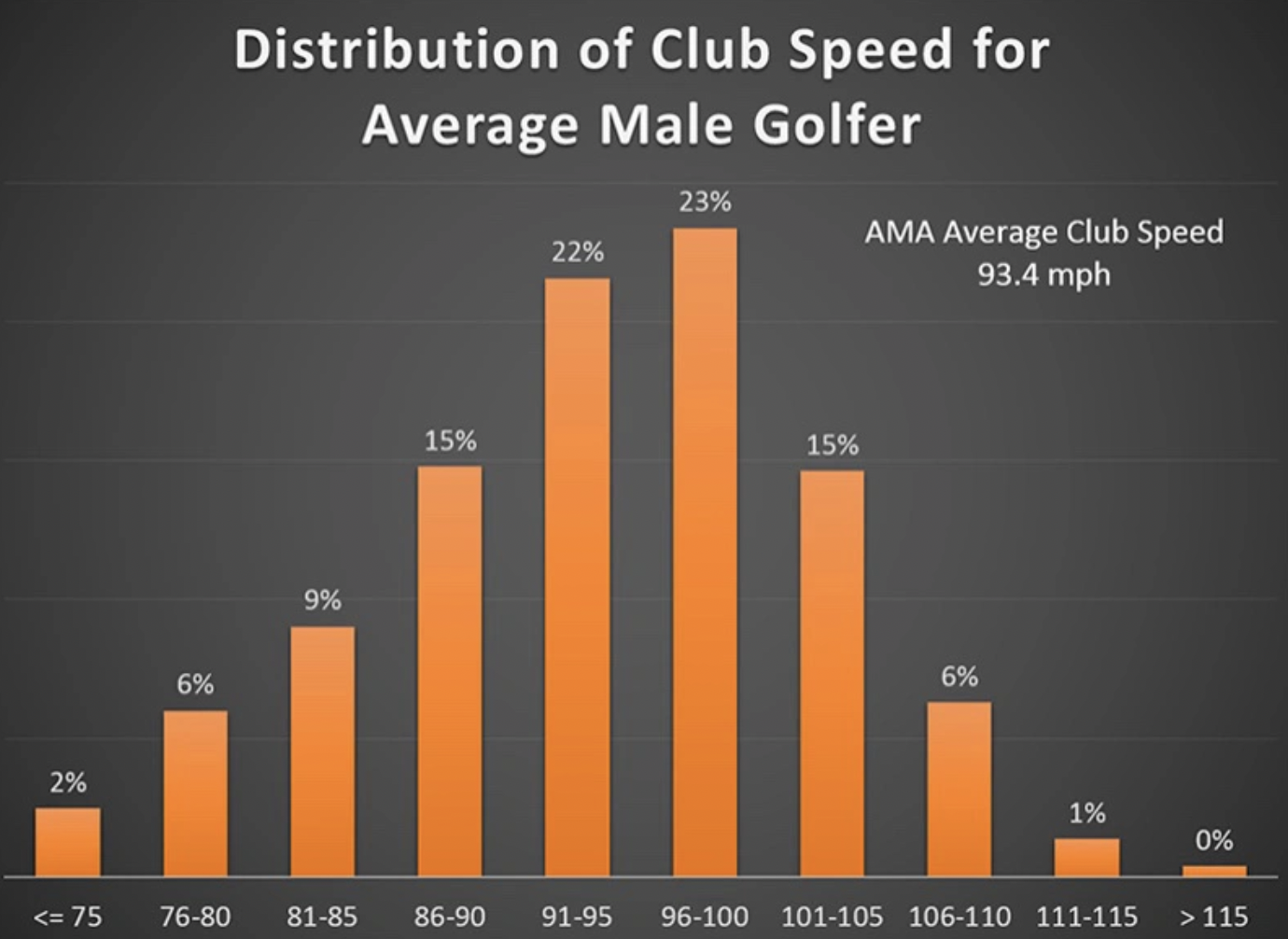
*Trackman research shows there is a direct correlation between clubhead speed and handicap.
Speed is mostly a natural talent developed at an early age. It can be enhanced with speed training, gym work and even lifestyle changes. ?With such a differential in speed?, wouldn’t players first be better served focusing on center contact with the most efficient route to do so? This can include modeling simple looking swings.
Besides the speed differential, the world’s best golfers all have unique swings that have been perfected over time. Take for example the top ten players in the world. Different swings with different match-up moves throughout the motion. They have made it work for themselves with countless practice hours. Usually time the average golfer doesn’t have.
A main example would be Rory McIlroy, often a sought out golf swing among students. Here is a quote regarding his swing swing sequence after visiting the Titleist Performance Institute Center. “At the start of McIlroy’s downswing, his left hip spins violently counterclockwise, as it does for every elite, long-hitting player. but then, and only with the driver, Mcllroy makes a funky move you could not teach. a moment before impact, his left hip suddenly changes direction and jerks back, clockwise, and then rotates again.”
With the average golfer on a time constraint?, golfers could actually look at what the greats do the older they get in their careers. The swings become more simple, using their instincts to get their body in efficient and more teachable positions. This is usually in their set-up then backswing, with less excess movement for an efficient strike. Take for example a young versus older Ben Hogan. (Picture below)
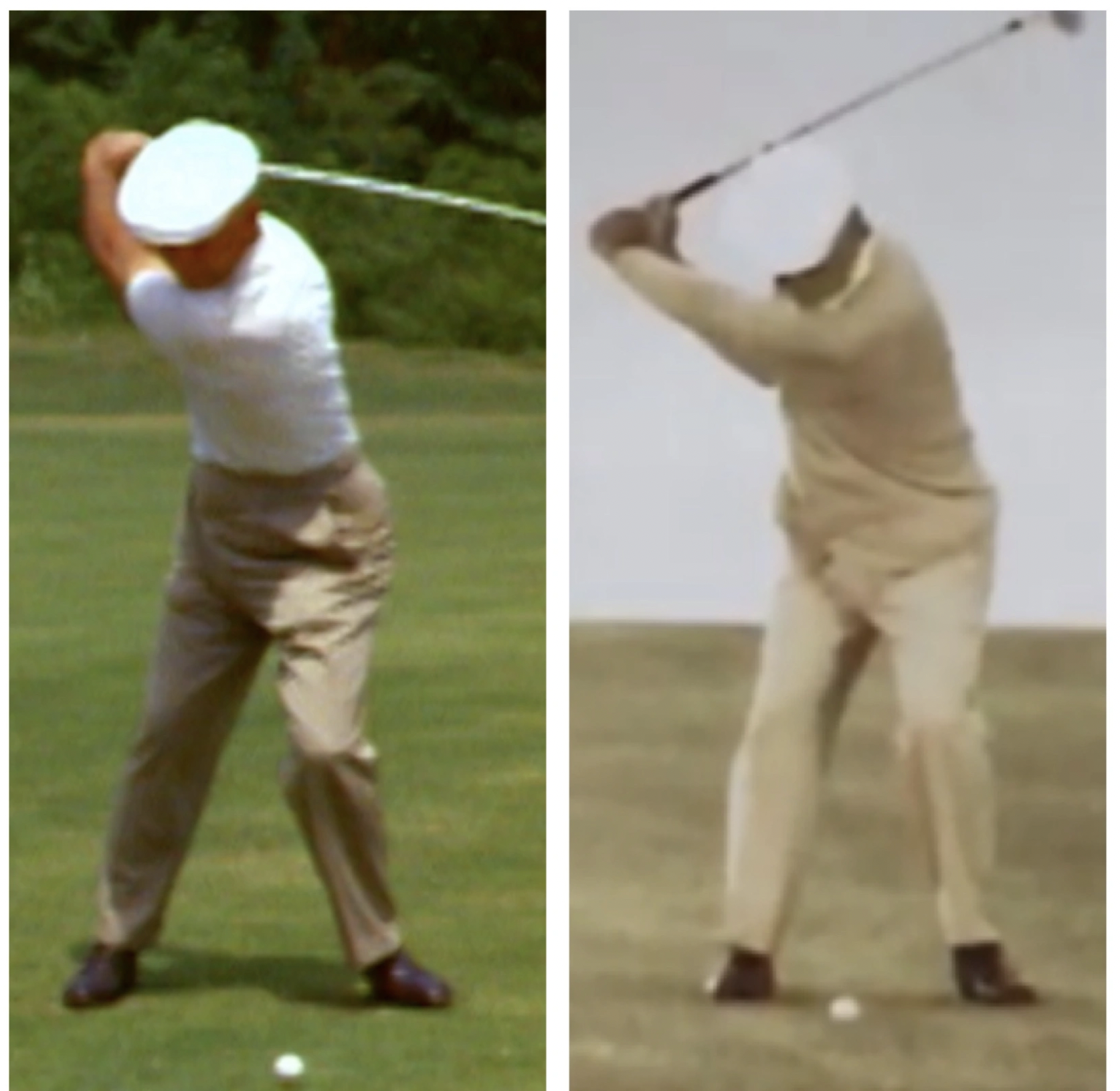
Below is another example of a young Jack Nicklaus compared to an older Nicklaus later in his career.
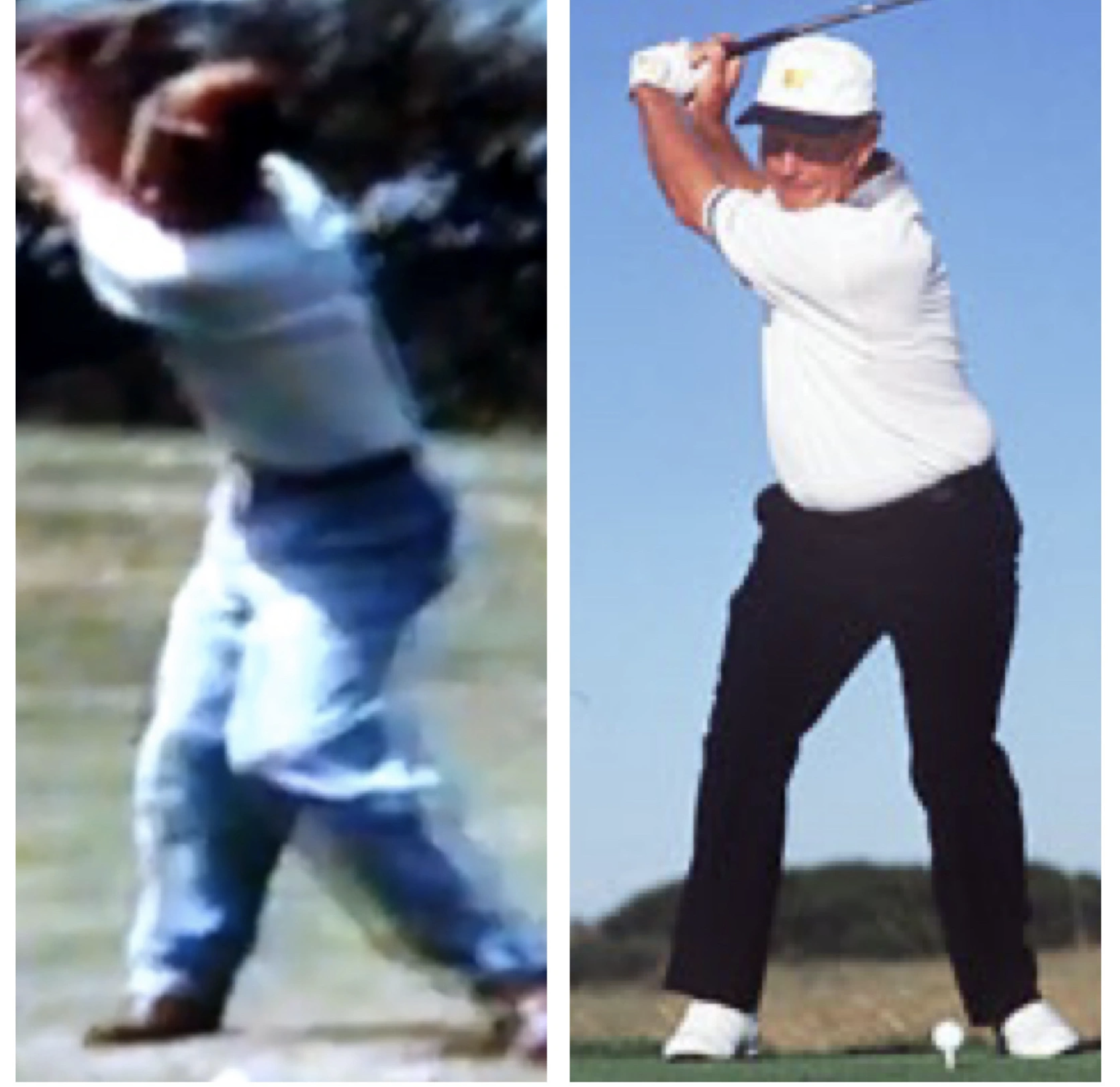
This is in large part due to the concept that less can be more at times. Unfortunately in golf, all to often players are told to do more with their swing, only to jeopardize center contact even seeking vanity over function.
A concept that could be beneficial is next time you want to work on your swing, focus on efficiency and minimizing the ?motion for center contact and a better face/path relationship. Then you can build. Rather then taking a bit from a Tour player’s swing, understand how your body should move to achieve your desired ball flight. Once you have a foundation, then add speed and your own DNA to the swing.
The argument could be made the opposite should be taught for aspiring junior golfers, especially the way the game as going. This article is intended to open a discussion and perhaps change the view of how the golf swing is being taught based on your skill-set and what you are trying to get out of the game. Also, what may be teachable and not teachable. You can change swings with concepts alone.
Twitter: @Kkelley_golf
- LIKE55
- LEGIT13
- WOW2
- LOL0
- IDHT0
- FLOP4
- OB2
- SHANK7
Instruction
Kelley: How the concept of a punching motion can change your golf swing
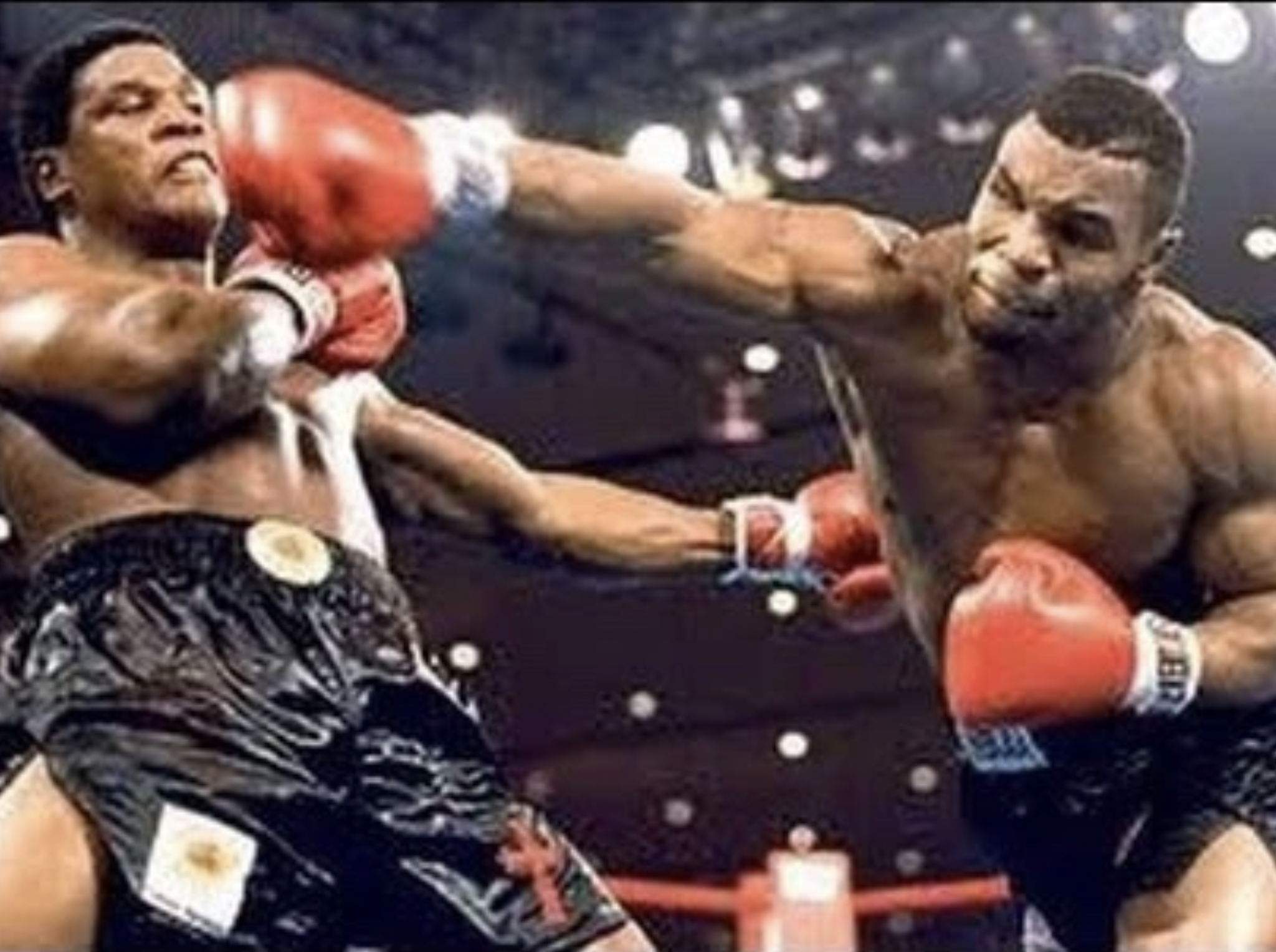
Ever wonder how a simple looking golf swing can produce so much speed and power? The answer may lie in the biomechanics of throwing a punch.
Below is an image of a boxer throwing a right handed hook. Note the direction the body moves to produce maximum force towards the target.

As the boxer pulls back his arm, there is not an excess wind-up or big turn to create power. His body is now geared to go forward and around into the opponent. His body would stay mostly level throughout the motion.
Now lets apply this simple concept to the golf swing. At address, the player would have his upper body and mass positioned behind the ball. In the picture below, note the green line indicting his mass back behind the blue baseline over the ball.
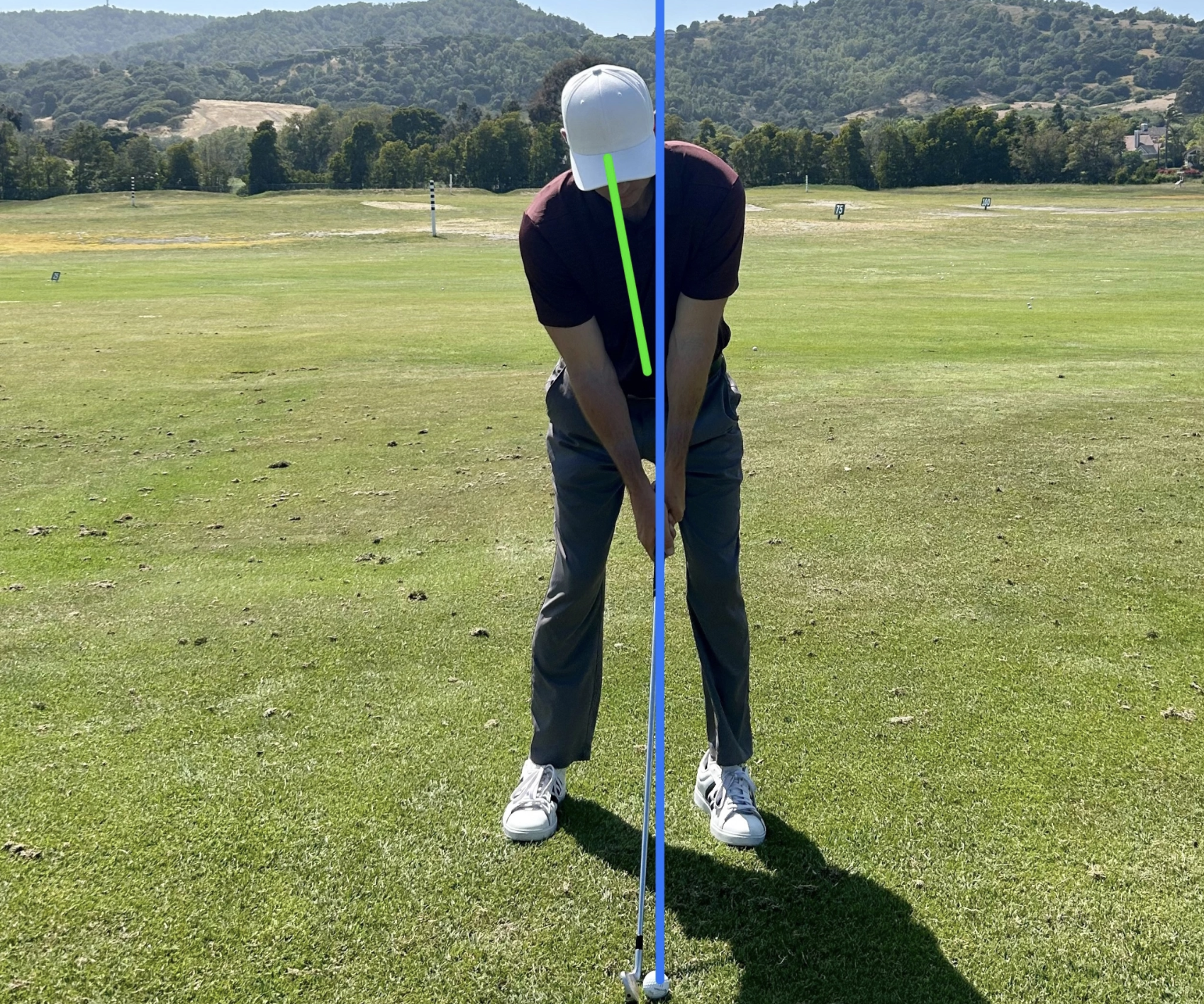
From here, the player can coil around his center, much like a boxer positioned ready to punch.

Now the body can go forward and around towards the target, pulled by the arms. Note the body finishing ahead of the blue baseline.

A body that has a lot of left side bend or “tilt” in the backswing, will naturally counterbalance in the downswing. This will often result with the upper body falling back in the downswing. (Pictured below)
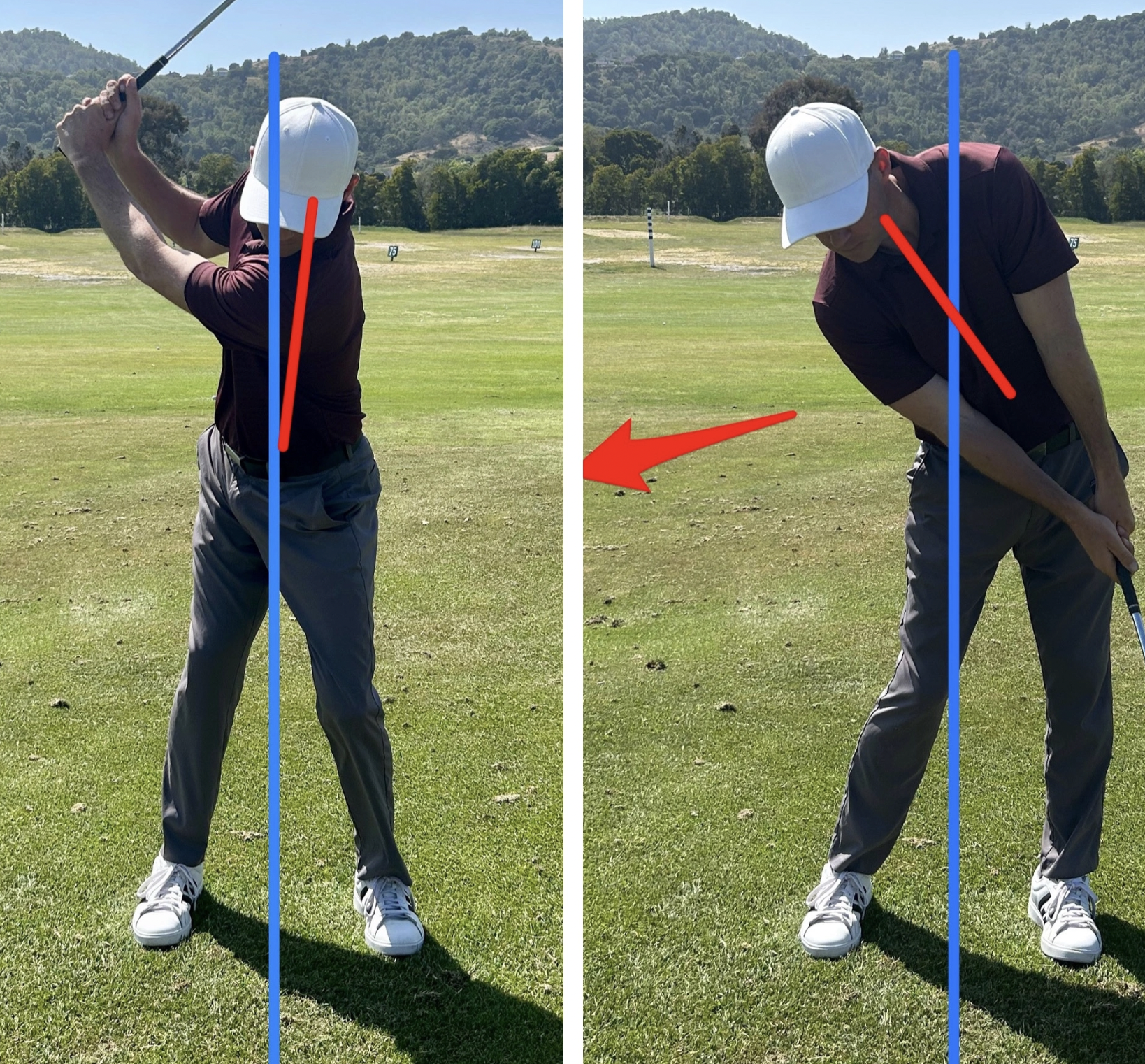
The pattern above would equivalent to attempting to punch forward with your arm while your body is moving backwards. Next time you are looking to make a swing change, first check the movement of your body, and see if it is as simple as boxer throwing a powerful punch.
Twitter: KKelley_golf
- LIKE23
- LEGIT7
- WOW0
- LOL0
- IDHT2
- FLOP0
- OB0
- SHANK7
Instruction
How to set up to the golf ball: Why grip, grip pressure, and posture are crucial
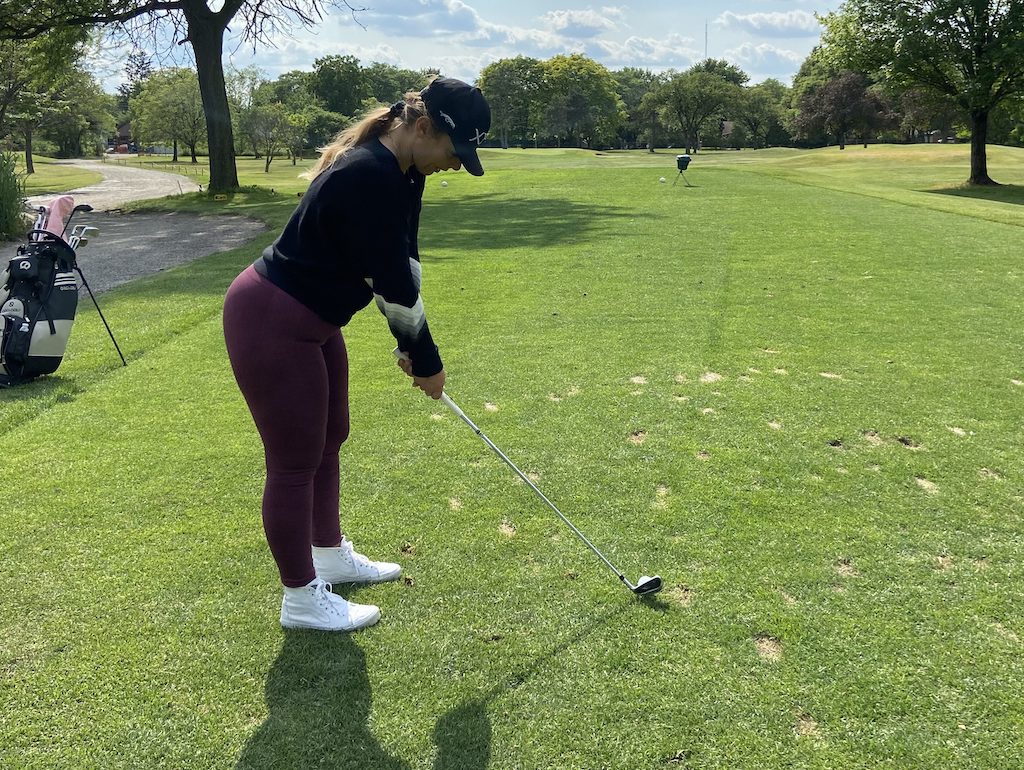
When we are playing a round or hitting balls on the range over a long period of time, we tend to grip the club tighter, stand up, and quickly lose the ability to maintain posture during the golf swing.
As players, with the spine angle out of posture, we overcompensate in many ways. The first thing that many players do poorly, as a result of poor posture, is grip tighter and stiffen the arms. These are the two biggest culprits that will inhibit consistency and any innate ability to set up well and brush the grass. Gripping tighter also leads to poor use of the body’s bigger muscles ie. the core. The spine angle in good posture will activate the core regions and enhance the body’s ability to coil, thus allowing the transfer of weight from the trail to the lead side.
In the quest to better ball striking, our first priority is understanding the importance of grip strength and grip pressure. Our second priority is posture and always initiating the proper spine angle by bowing forward from the hip (pelvic tilt) and letting the arms hang. After positioning the spine angle, check the body’s alignment )ie. shoulders, hips, knees, and feet) by positioning them parallel to the target line. This process composes the beloved and all-important set up.
How to set up to the golf ball: The basics
Our ability to set up and control grip pressure is the source of our ability to play well and consistently over time.


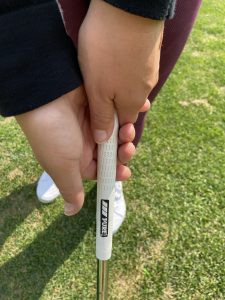
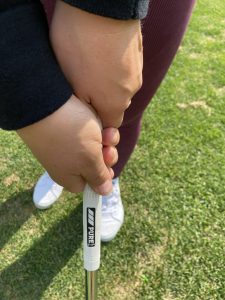
The first essential step is setting the grip in the lead hand
The main pressure points to focus on in gripping with the lead hand are, first and foremost, in the initial placement of the club’s grip in the fingers and allowing the top of the grip to rest on the palms pad. The first pressure point is in the lead pointer finger behind the shaft and the second pressure point is when we let the club rest on the palm’s pad. The lead thumb is the third pressure point. Proper grip strength is determined by trial and error swings.
As we grip the club in the trail hand, it is important to grip lightly and in the fingers with the right thumb pad placed on top the left side of the grip. For reference, there are markings on all golf gloves to help each player understand where their grip should be placed.
The essential second step is bowing from the hips to create the spine angle
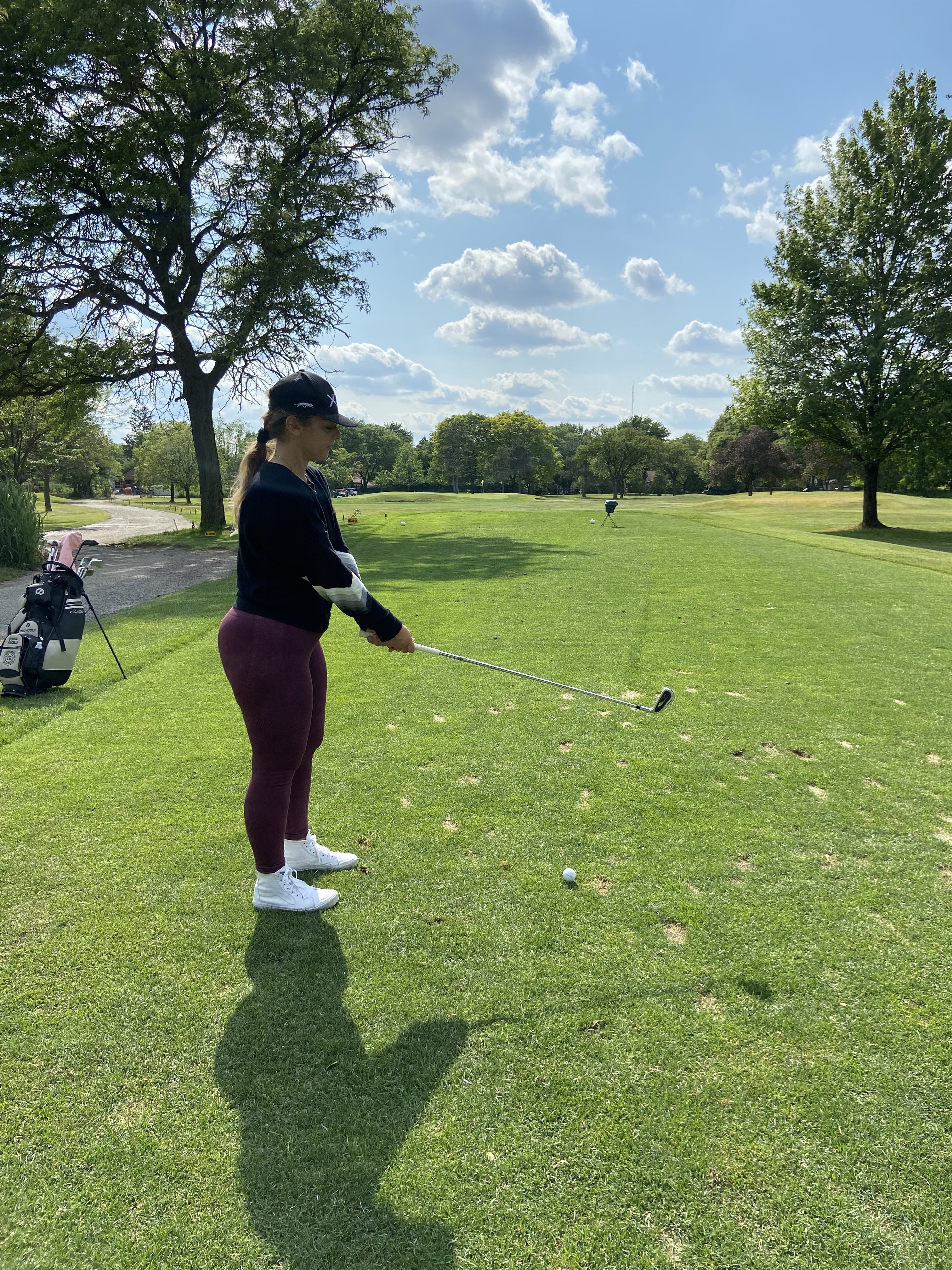

As we bow, the focus is to aim the leading edge perpendicular to the target line. Looking at the first groove of the club (if it is an iron) can help the eyes focus on this step. A lot of mistakes happen when our eyes start looking around while we do this instead of focusing on an intermediate target and using our eyes to line up the leading edge to that point. Being thoughtful in this process is key and just try to make sure the club isn’t wiggling around.
In the bow, with our shoulders just over the toes, we can see if the club is resting in good relationship to the body. Understanding the distance our body should be to the club is huge. This alone can make or break our ability to strike the ball well. Keeping one hand width from our body to the club is a general rule of thumb throughout the entire bag. The space in which we stand to the club shouldn’t change. What changes is the length of the club in our hands.
These components culminate the very first steps we take to hit a shot. This is the essence of set up, which generates our best chances to develop consistent shot patterns to the target. As a result of properly managing these components, we can begin to maintain accuracy and easily repeat our movement patterns to get the ball close to the target. We can also begin to self-correct our misses if we are accountable with these steps.
Foot width and ball position
Lastly, in the set up we step our feet to the ball’s position and generally maintain a stance that is approximately shoulder width. After gripping and bowing the next thing a player needs to do is step to the ball position. This will impact the club’s ability to generate loft, also depending on the chosen club. Generally, a driver ball position is forward in the stance. The mid-iron ball position is mid stance and most full-swing wedges are played just back of center with a more narrow stance. Taking the time to better understand the components of set up and ball position will generate 100 percent of our success to better ball striking.
A final word
Take some videos of yourself and look at the body from head to toe. Is your setup in a ‘Z’ or ‘S’ formation? Where is your weight in your shoes? Heels, mid-shoe, or toes? Does your setup look like an ‘H’or ‘C’? Is your weight too far in the heels or toes? In my experience, it is easier to maintain posture in the golf swing and overall athleticism by keeping the stance’s pressure points more forward in the mid-shoe to the toes. This enhances the pelvic tilt and the arms’ ability to hang. Therefore, posture throughout the swing improves and we are less likely to grip so tight.
Any questions? Book a lesson with LPGA instructor Donna Fiscelli through her booking site.
- LIKE37
- LEGIT8
- WOW2
- LOL1
- IDHT0
- FLOP0
- OB0
- SHANK8
Instruction
Clement: Snap that driver for 300-yard drives!

PGA Tour Coach and Golf Channel Academy instructor, Shawn Clement, shows you how insanely adapt your arm anatomy is to get consistent releases when you allow it to happen in the direction you want the ball to start!
- LIKE4
- LEGIT1
- WOW0
- LOL1
- IDHT0
- FLOP1
- OB1
- SHANK7
-

 19th Hole2 weeks ago
19th Hole2 weeks agoTiger Woods delivered stinging message to major winner after denying him lift on private jet
-
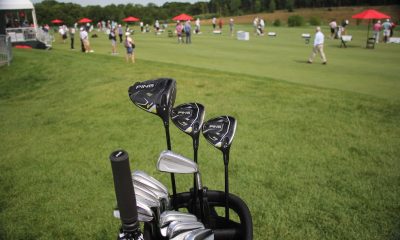
 Whats in the Bag2 weeks ago
Whats in the Bag2 weeks agoSeamus Power WITB 2023 (June)
-

 Whats in the Bag3 weeks ago
Whats in the Bag3 weeks agoOmar Morales WITB 2023 (June)
-

 Whats in the Bag3 weeks ago
Whats in the Bag3 weeks agoBlayne Barber WITB 2023 (June)
-

 Whats in the Bag3 weeks ago
Whats in the Bag3 weeks agoBen Carr WITB 2023 (June)
-

 Whats in the Bag2 weeks ago
Whats in the Bag2 weeks agoTom Hoge WITB 2023 (June)
-
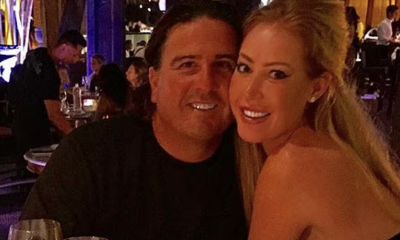
 19th Hole3 weeks ago
19th Hole3 weeks agoJournalist alleges this is the ‘unforgivable’ act Phil Mickelson committed against Pat Perez and his wife
-
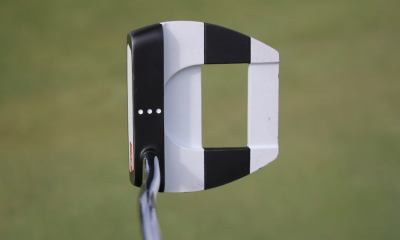
 News2 weeks ago
News2 weeks agoKeegan Bradley’s winning WITB: 2023 Travelers Championship













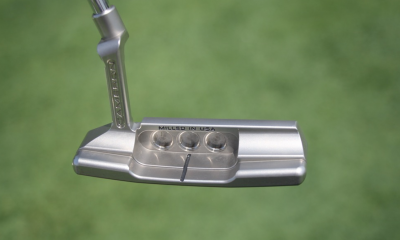





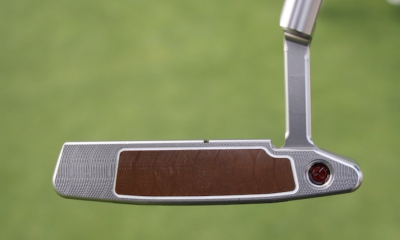

Jacque Nickleaux
Jan 22, 2023 at 1:28 pm
I’d say the guy with 20 major wins (US Amateur’s used to count), 19 runner-ups, and 56 top 5’s would be the one you’d wanna copy.
Evan
Jan 22, 2023 at 3:59 am
Nice article Kelvin, a lot of good points. Overall, I see so much focus on speed when the reality is the large majority of golfers would do better focusing on better consistency, control and are finding the sweet spot more often.
Rich
Jan 21, 2023 at 7:27 pm
LPGA players (Not Lexi though) would be better to copy for most golfers.
Similar swing speeds. More efficiency.
Mower
Jan 21, 2023 at 11:04 am
Gonna be a maverick and say: Teach the finishing posture, then work backwards.
Bob Jones
Jan 22, 2023 at 11:51 am
Absolutely.
BenH
Jan 20, 2023 at 6:14 pm
Yes At Dirty Harry used to say “A man’s got to know his limitations”
Funkman
Jan 20, 2023 at 10:47 am
What a stupid article